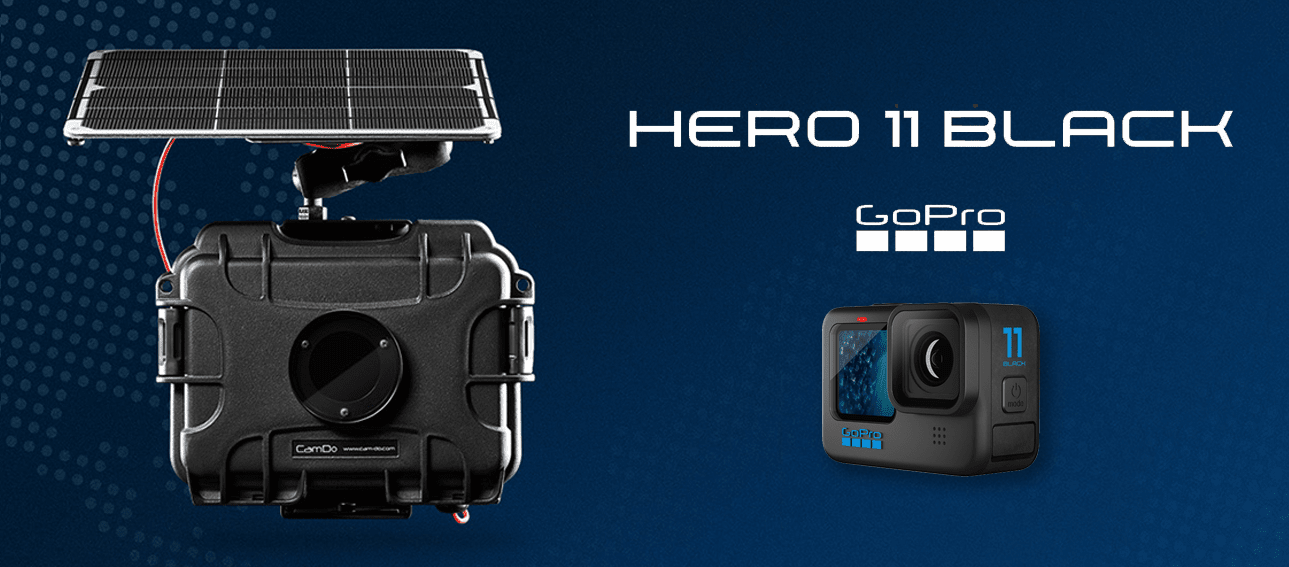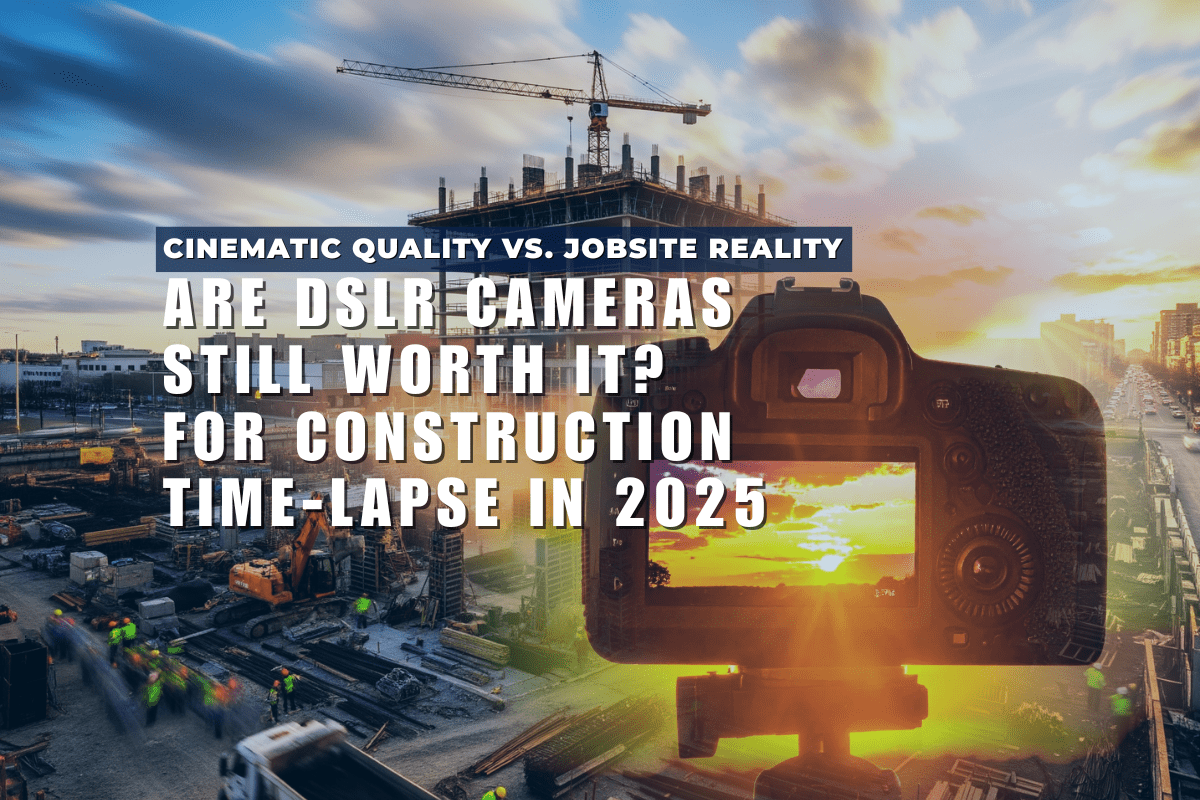The use of time lapse photography in construction dates back to at least the 1960s, first used to document the construction of landmarks such as the Hoover Dam and the World Trade Center.
In the digital age, time lapse photography has become more accessible and widely used. Advances in camera technology make it easier to capture and share time lapse videos.
Time lapse photography is used in construction for a variety of purposes, including:
- Documenting the construction process for marketing and promotional purposes;
- Providing a visual record of the project for quality control and reference purposes
- and helping to identify and resolve any issues that may arise during construction.
It is also often used to create a record of the project for historical purposes.
CamDo provides a package that enhances and streamlines construction time lapse
A successful project requires much more than just a camera to record the construction process. CamDo focuses on the add-ons and platform that make the project easy to install and monitor.
A complete solution comprises:
- A camera enclosure that protects from weather and physical damage;
- Additional battery capacity to extend the interval between manual swapping;
- Solar panel connectivity for even longer uninterrupted capture
- Wireless connection and a controller to allow remote camera control and monitoring;
You can review the full features list here.
The GoPro HERO11 is a substantial upgrade
Before HERO11, HERO5 was the most recent model allowing image upload to the cloud.
This is a major requirement for the CamDo system and the backbone of our platform functionality.
So that explains the gap between the HERO5 and HERO11 support; now let's talk about the benefits that the HERO11 brings.
27-megapixel resolution is best in class
Far and away, the biggest enhancement of the HERO11 is the increased resolution to 27 megapixels. The nearest competing camera in this class is about 18 megapixels.
The resolution is especially important in a construction time lapse setting because images can be blown up and will include much finer detail than a lower-resolution camera. Furthermore, the wide angle capability of GoPro cameras allows shots to cover the entire site. This can easily include an entire city block.
The sensor is also larger than in previous models, enhancing low-light performance.
This makes the HERO11 a more future-proof choice. We know that image analytic technology is coming to the industry, and it will be used to improve safety and efficiency.
The 27-megapixel resolution will provide a better baseline for image analytics.
Support for GoPro 2.0 API
The most recent GoPro API provides significantly more camera control than the previous version used on older GoPro models.
A short list of these camera query functions includes:
- Capture and upload photo/video media
- Get a media list to make sure the camera is operating properly
- Change settings, including ISO, for better low light performance
- Get and set the date/time to make sure multiple cameras are synchronized
- Get camera status to ensure proper operation
- Get media metadata (file size, width, height, duration, tags, etc)
This API upgrade will make a GoPro time lapse implementation much more reliable than in models prior to the HERO11.
The more communication, control, and information that the system provides, the less chance of camera or settings problems.
You can see the GoPro 2.0 API here.
Protune on-chip image optimization
For most construction time lapse projects, image processing is not desired in post-production.
The HERO11 includes on-chip support of GoPro's latest image processing called Protune.
The real-world benefit of this is a very high-quality JPEG. The output off of the camera won't require image processing in post-production.
You can, of course, still output RAW files if you prefer to do image processing off of the camera.
The processor will also provide support for higher capacity SD cards meaning longer recording without manually swapping cards, though this is typically never required for 95% of projects.
Backward compatibility with existing CamDo installations
The really good news for existing CamDo customers is that the HERO11 is fully compatible with existing systems.
It's as simple as swapping out a cable in your camera housing. This set of cables is designed for use with UpBlink to allow control of compatible GoPro HERO10 and HERO11 cameras.
The module nature of CamDo will always help to future-proof your project.
Connect with CamDo to learn more about the GoPro HERO11 upgrade.





